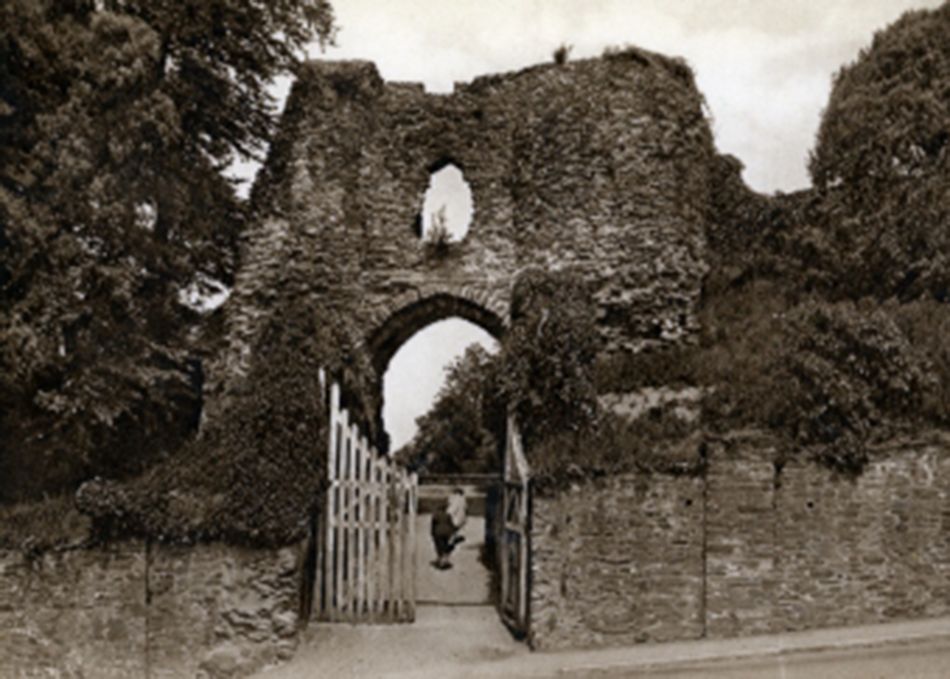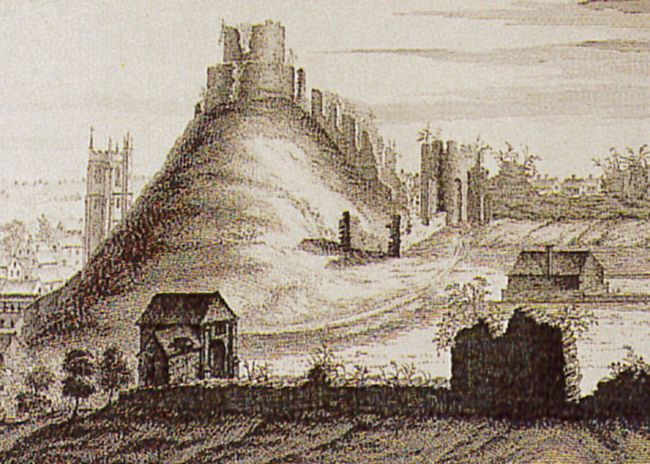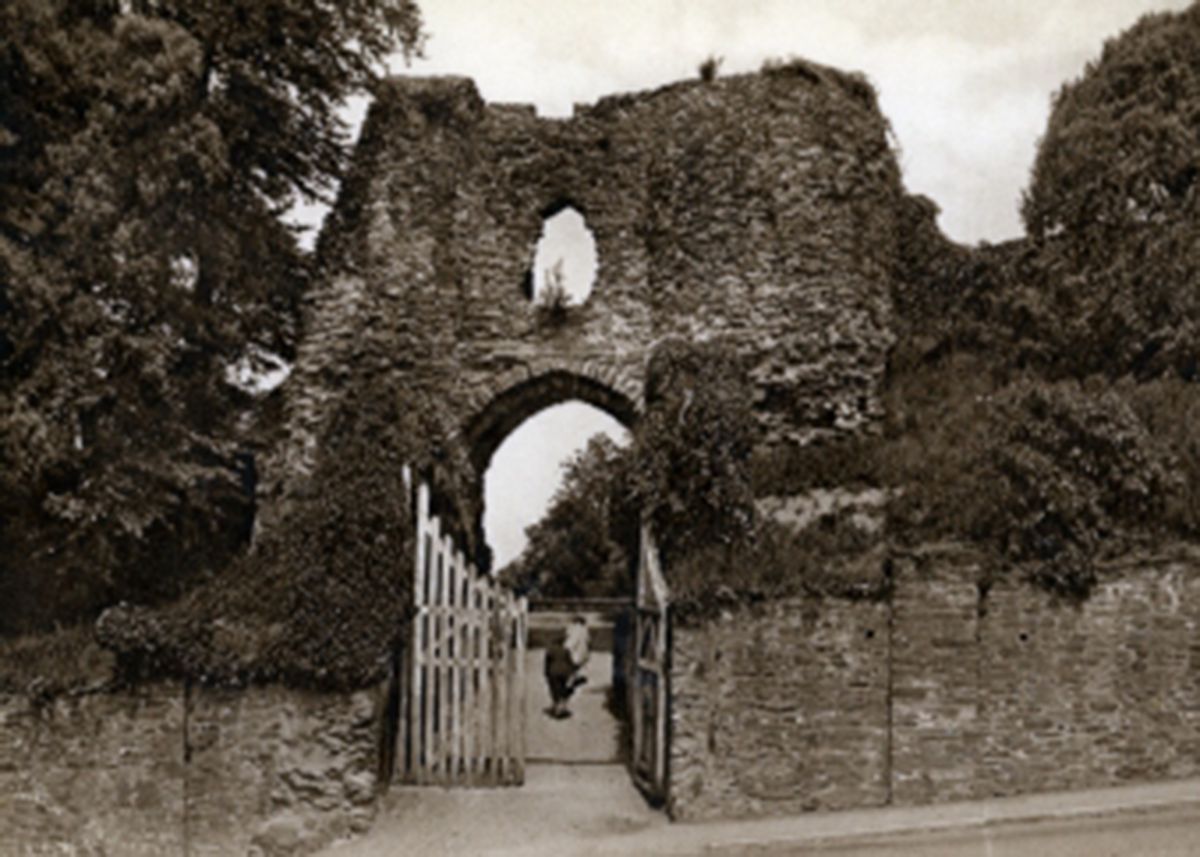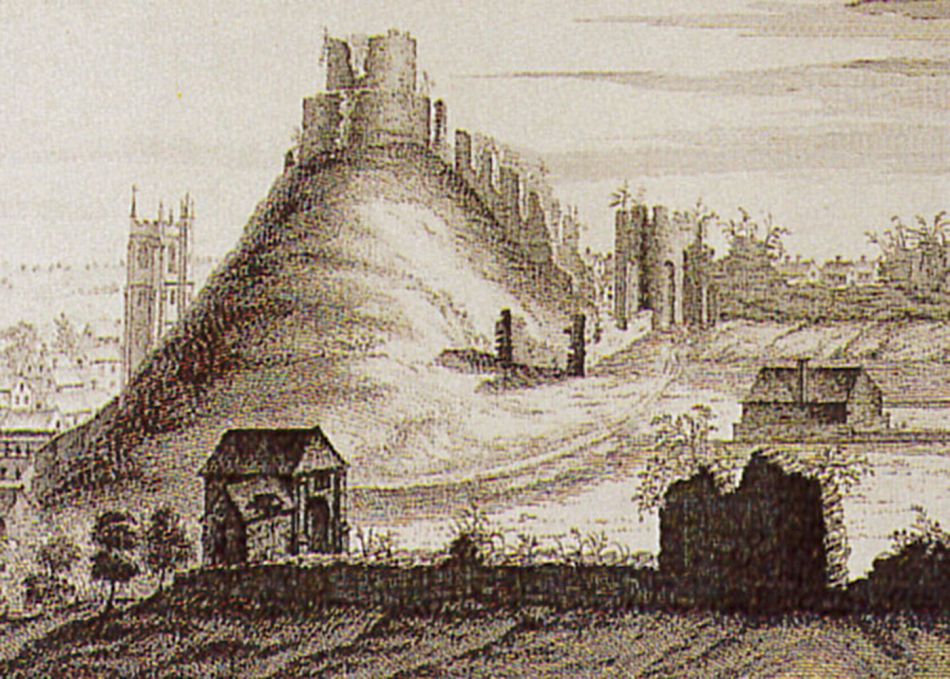Robert of Mortain – Earl of Cornwall
Soon after the Norman invasion of 1066, William the Conqueror ruled that his half-brother Robert, Count of Mortain, would run Cornwall. In 1067, a large castle was built in Launceston to manage his estates. In 1086 William ordered a huge survey of his newly conquered lands, called the Domesday Book. It tells us Launceston’s population was quite small, that it had two water mills, and that most people worked in cattle and sheep farming.
Border control
Launceston was important to the Norman earls because of its position at the Cornish border on the River Tamar. A castle here could tax goods going in and out of Cornwall. Originally a wooden castle was built on an earth mound. In the 1200s, Richard, Earl of Cornwall, rebuilt it with stone. Launceston also had a royal mint that produced silver coins. The silver penny was the standard coin used for payments.
Castle Terrible
In 1548, 28 Cornish people were rounded up and taken to Launceston Castle to be executed (killed) for their role in the death of William Body. Body had been sent to Cornwall to make religious changes. This included removing and destroying statues of saints from Cornish churches. The castle became a symbol of oppression, known as Castle Terrible.

Reproduced courtesy of Mac Waters as featured on cornishmemory.com
Royal and loyal
During the Civil War in the 1600s, Launceston Castle was used as a base for the Cornish Royalist army guarding the border at the River Tamar. By now the castle was weak and had fallen into disrepair but it was an important symbol and the Parliamentarians temporarily captured it in 1646. The castle’s prison and law courts continued to be used until the 1800s.
Which other towns became capitals of Cornwall? Why was guarding the crossing of the River Tamar so important?
Did you know?
Royal and Loyal is Launceston’s motto, referring to the town’s strong identity as a Royalist supporter.











